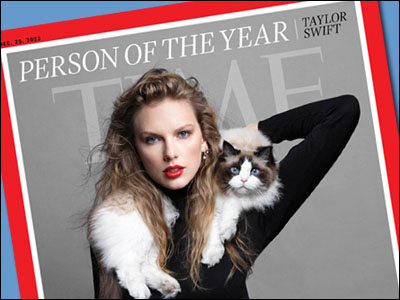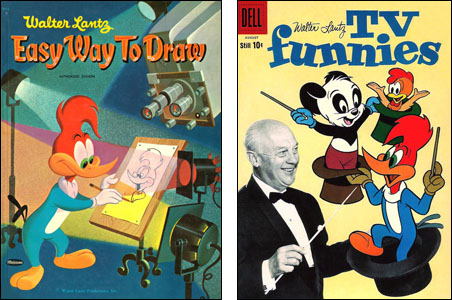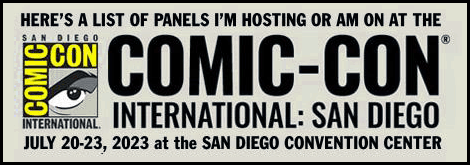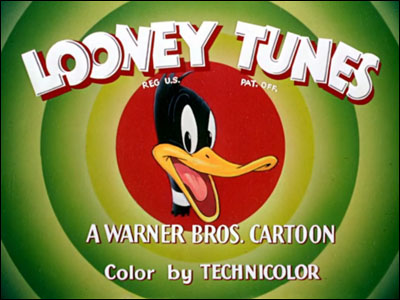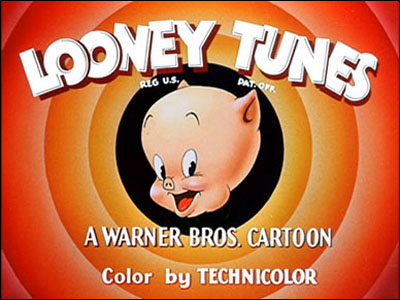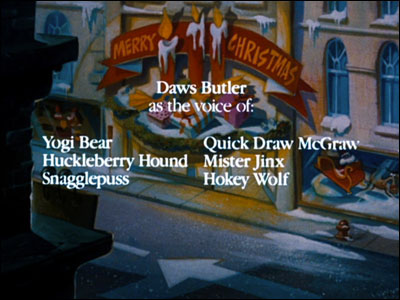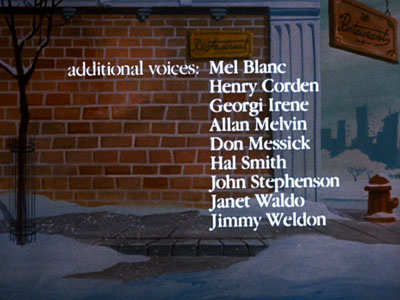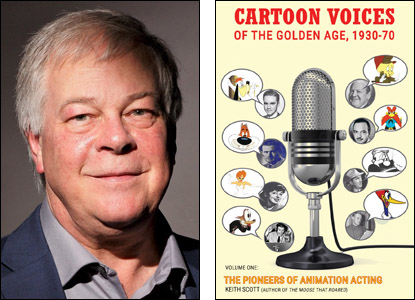Thursday, July 20 — 10:00 AM to 11:00 AM in Room 32AB
SPOTLIGHT ON BARBARA FRIEDLANDER
Fresh out of high school in the sixties, Barbara Friedlander got a job at DC Comics and quickly ascended to a job in the editorial division working with or alongside, among many others, Carmine Infantino, Jack Miller, Robert Kanigher, Mort Weisinger, Julius Schwartz, and Joe Orlando. What was it like to work in that office on DC's romance comics and on her creation, Swing With Scooter? Comic-Con Special Guest Mark Evanier will be quizzing her — and on Friday evening at the Eisner Awards, he'll be presenting Barbara with the Bill Finger Award for Excellence in Comic Book Writing.
Thursday, July 20 — 11:30 AM to 12:30 PM in Room 10
COMICS FOR UKRAINE
Comics for Ukraine is a new and important book that is raising funds to aid people whose lives have been devastated by the ongoing war in Ukraine. Some of the top names in comics have donated their time and artistry to this book, which is debuting at Comic-Con. Come join several of those folks as they talk about their stories and why this project is so important. Mark Evanier, John Layman, Stan Sakai and Billy Tucci will be on hand, as well as Richard Walden, the founder of Operation USA, the charity that is funneling funds to help the struggling people of Ukraine. Moderated by book organizer Scott Dunbier.
Thursday, July 20 — 2:00 PM to 2:45 PM at the Dark Horse Booth
I will be signing stuff, especially copies of Groo in the Wild #1 along with colorist Carrie Strachan at Booth 2416.
Friday, July 21 — 12:30 PM to 1:30 PM in Room 10
WALT KELLY AND POGO
The brilliant newspaper strip Pogo was created, written and drawn by one of the great geniuses of comic art, Walt Kelly. It's currently being reprinted in full in a series of books from Fantagraphics, one of which is up for an Eisner Award tonight. Meanwhile, fans of Mr. Kelly and his zany swamp denizens can gather to discuss him, his work, and what it was that made his cartooning so very special. Come hear from artist Steve Leialoha, scholar Maggie Thompson, Kelly archivist Jane Plunkett, and the co-editors of the current reprint series, Eric Reynolds and your moderator, Mark Evanier.
Friday, July 21 — 3:30 PM to 4:30 PM in Room 10
THE GROO PANEL
For 40+ years, the irrepressible (and ignorant) barbarian Groo the Wanderer has wandered the land and through comic book shops making good things bad, bad things worse, and all things hilarious. What's it like to work on this comic with master cartoonist Sergio Aragonés? Since Sergio isn't attending the con this year, these three people can speak freely about the experience: letterer (and creator of Usagi Yojimbo) Stan Sakai, colorist Carrie Strachan and a guy named Mark Evanier who does something on the comic but we don't know what. Also, they'll try to phone Sergio, which will be great fun if it works and probably funnier if it doesn't.
Saturday, July 22 — 10:00 AM to 11:00 AM in Room 6DE
DUNGEONS & DRAGONS: AN ANIMATED ANNIVERSARY
Mark Evanier (show developer), Katie Leigh (voice of Sheila), David M. Booher (writer, IDW's Dungeons & Dragons: Saturday Morning Adventures), Frank Todaro (voice actor, Netflix's The Cuphead Show), and Luke Gygax (son of D&D creator Gary Gygax) discuss the legendary tabletop game's 40th anniversary as a Saturday morning cartoon from the perspective of the talent who worked on the show and today's creatives who grew up on it. The session will be moderated by TJ Shevlin (2023 Eisner Awards judge).
Saturday, July 22 — 11:45 AM to 1:00 PM in Room 6BCF
QUICK DRAW!
No matter when you're reading this — hopefully before the event — run and get a seat for Quick Draw!, the fastest and funniest presentation at Comic-Con. Your Quick Draw quizmaster Mark Evanier will be putting three of the swiftest cartoonists in the business to the test, inventing well-projected humor on the spot. Competing this year are cartoonist and Comic-Con co-founder Scott Shaw!, MAD magazine's Tom Richmond, and Disney legend Floyd Norman. As usual, there will be no wagering on the outcome.
Saturday, July 22 — 1:00 PM to 2:30 PM in Room 6BCF
CARTOON VOICES I
Once again, Mark Evanier has assembled a roster of some of the most-heard performers in the world of animation, and they're here to tell you what they do, how they do it and then demonstrate it. The dais includes Adam McArthur (Star vs. the Forces of Evil), Elle Newlands (Lego Marvel's Avengers), Keith Scott (Bullwinkle Moose), Bill Farmer (Goofy, Pluto), Dave Fennoy (Batman, Transformers) and Jessica DiCicco (The Emperor's New School, Muppet Babies). And as usual, the actors will mangle a classic fairy tale for your enjoyment.
Saturday, July 22 — 3:00 PM to 4:00 PM in Room 4
MAGGIE THOMPSON SPOTLIGHT: Wrangling History (How to Preserve the Past So We Can Read in the Future)
As we lose creators, memories fade, and collectibles are lost or damaged, what can be done to hang onto the creations and establish the facts? Maggie is joined by writer and producer Mark Evanier, Columbia University comics and cartoons curator Karen Green, and Abrams ComicArts editor-in-chief Charles Kochman.
Saturday, July 22 — 4:30 PM to 5:30 PM in Room 7AB
THE HISTORY OF CARTOON VOICES
Keith Scott is one of the top voice actors and impressionists in Australia, and he's also an expert on cartoon voices for theatrical cartoons in this country. He's making a rare visit to America this year and he'll be talking about Mel Blanc, Daws Butler, June Foray, Walt Disney, and many you've never heard of. Don't miss this rare chance to hear all about how cartoons learned to talk, with not only Keith but also historians Jerry Beck, Leonard Maltin and your moderator, Mark Evanier.
Sunday, July 22 — 10:00 AM to 11:15 AM in Room 5AB
THE ANNUAL JACK KIRBY TRIBUTE PANEL
It's a Comic-Con tradition to assemble on Sunday morning to remember the man some still call, and with good reason, The King of the Comics. His life and career will be discussed by folks who knew him or wish they did. They include writer Tom King, Jack's grandson Jeremy Kirby, Kirby experts Bruce Simon, Mark Badger and Jon Cooke, attorney Paul S. Levine and your moderator, former Kirby assistant Mark Evanier.
Sunday, July 23 — 11:45 AM to 1:00 PM in Room 6A
CARTOON VOICES II
Cartoon Voices I on Saturday will be so wonderful that we'll need another such panel on Sunday with other top actors in the animation-voicing profession. This time, moderator Mark Evanier will welcome Maurice LaMarche (Futurama, Pinky and the Brain), Anna Brisbin (Final Fantasy VII Remake), Fred Tatasciore (Team America, The Hulk), Frank Todaro (The Cuphead Show, Transformers), and Courtney Lin (Monster High, Rainbow High).
Sunday, July 23 — 1:00 PM to 2:00 PM in Room 7AB
FRANK MILLER: AMERICAN GENIUS
Comic-Con Special Guest and legend Frank Miller, one of the comics medium's most important creators, returns to San Diego for an all-access and in-depth discussion. Be here for this exclusive panel that will give you insight into one of the genre's most influential people. With his publishing line, Frank Miller Presents, and details on the upcoming Frank Miller: American Genius documentary, there will be much to cover!
Sunday, July 23 — 2:00 PM to 3:00 PM in Room 7AB
COVER STORY
There have been comic book publishers who believed that what they put inside the comic didn't matter much — that readers decide to buy or not to buy because of the cover. It's arguable, but a great cover never hurt a book. On this panel, your host Mark Evanier welcomes four artists who have drawn great covers: Todd McFarlane (Spawn, Spider-Man), Becky Cloonan (Batman, Gotham Academy; this year's Comic-Con Souvenir Book cover), Joe Quesada (Daredevil, Spider-Man), and J. Scott Campbell (Danger Girl, Amazing Spider-Man).
Sunday, July 23 — 3:00 PM to 4:30 PM in Room 7AB
THE BUSINESS OF CARTOON VOICES
Are you interested in a career in the highly competitive world of voiceover? There are plenty of folks who will take your money to advise you, but you can get a ton of information for free with no strings attached at this panel. Two very busy voice actors (Vanessa Marshall and Gregg Berger), a top agent (Cathey Lizzio of C.E.S.D.), and a voice director (your moderator, Mark Evanier) will tell you how one goes about learning the craft, breaking into the business, staying in the business, and maybe even making a living in the business. This panel is not for entertainment. It's for enlightenment.
Each and every item above is subject to change for reasons that even I may not be able to explain. The entire programming schedule can be found and studied on this page.
